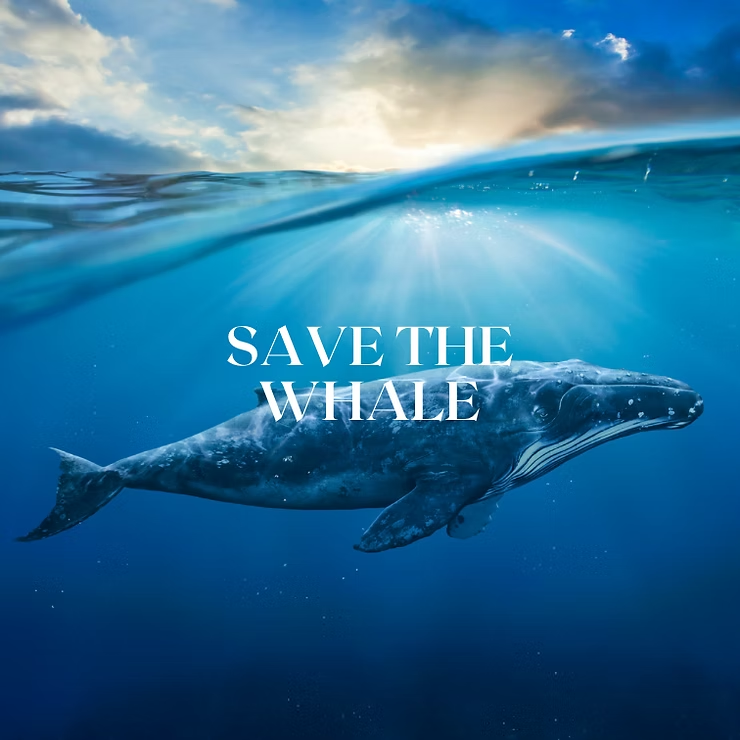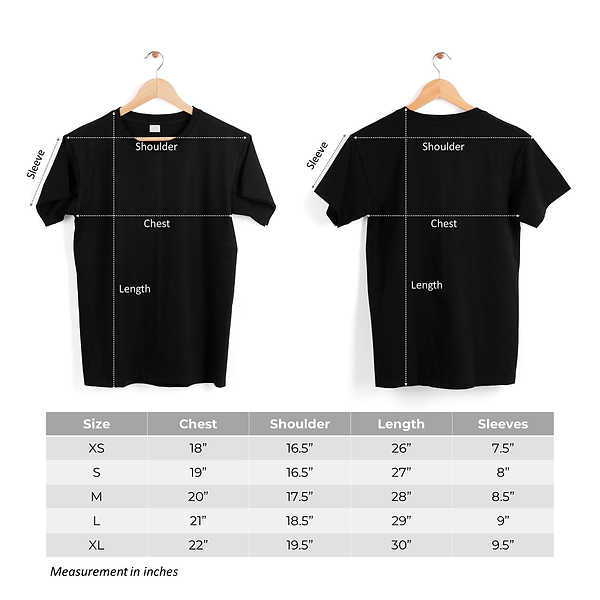Overview
What are marine mammals?
Marine mammals are fascinating animals adapted to life in the ocean. They include whales, dolphins, seals, and even polar bears, which can thrive both on land and in water. These animals have special features such as blubber for warmth and blowholes for breathing. As key players in marine ecosystems, they help maintain balance and biodiversity. Sadly, marine mammals face serious threats including pollution, overfishing, and habitat loss—making their protection vital for the future.
Why are marine mammals important?
Marine mammals are crucial indicators of ocean health. Their presence reflects the abundance of fish and marine species. They also contribute to nutrient cycling, fertilizing the water and supporting marine productivity. Beyond ecological roles, they hold cultural and economic value, especially in eco-tourism activities like whale watching. Protecting marine mammals benefits not only the species themselves but also coastal communities and the health of our oceans.
Threats to Marine Mammals
Several human-driven threats endanger marine mammals:
- Overfishing reduces prey availability, limiting food sources.
- Pollution, from plastics to oil spills, contaminates habitats and harms health.
- Climate change alters sea temperatures and currents, affecting breeding grounds and food supply.
- Fishing gear entanglement and ship collisions cause injuries and deaths.
Immediate action is needed to counter these growing threats.
Conservation Efforts
Marine protected areas
Marine protected areas (MPAs) function like underwater parks. They safeguard habitats by limiting human activity, allowing marine mammals to recover and thrive. MPAs help preserve biodiversity and promote ecosystem health for future generations.
Reducing pollution
Ocean pollution remains a major challenge. Individuals can help by cutting single-use plastics, properly disposing of waste, and supporting green initiatives. Governments and industries must enforce stricter waste regulations and adopt sustainable alternatives to protect marine life.
Sustainable fishing practices
Balancing seafood demand with conservation is essential. Measures such as catch limits, seasonal closures, selective fishing methods, and eco-friendly gear reduce risks to marine mammals and ensure healthy fish stocks.
Impact on Whales
Whaling
Whaling has devastated populations worldwide. Although commercial whaling is banned, some nations continue under the guise of research. Advocacy and stricter enforcement are necessary to end this practice permanently.
Ocean noise pollution
Whales depend on sound for survival. Excessive noise from ships, construction, and seismic surveys disrupts their communication, feeding, and navigation. Solutions include quieter engines and designated quiet zones.
Entanglement in fishing gear
Whales often suffer from entanglement in nets, lines, and traps. Developing safer fishing gear and restricting activities in critical habitats can reduce these fatal risks.
Conclusion
Individual actions make a difference
Small steps—such as reducing plastic use, choosing sustainable seafood, and supporting conservation groups—can collectively protect marine mammals. Education and awareness also play a vital role in inspiring change.
Working together for a better future
Protecting marine mammals requires collaboration among individuals, governments, businesses, and NGOs. Together, we can secure their survival and preserve the beauty of our oceans for generations to come.
Save Our Blue Ocean is committed to raising awareness and driving conservation. Through our bracelets featuring turtles, sharks, and whales, you can show your support for marine protection. Every purchase contributes directly to ocean conservation efforts. Visit Save Our Blue Ocean | Ocean Gift Malaysia to explore the collection and join our mission today.

